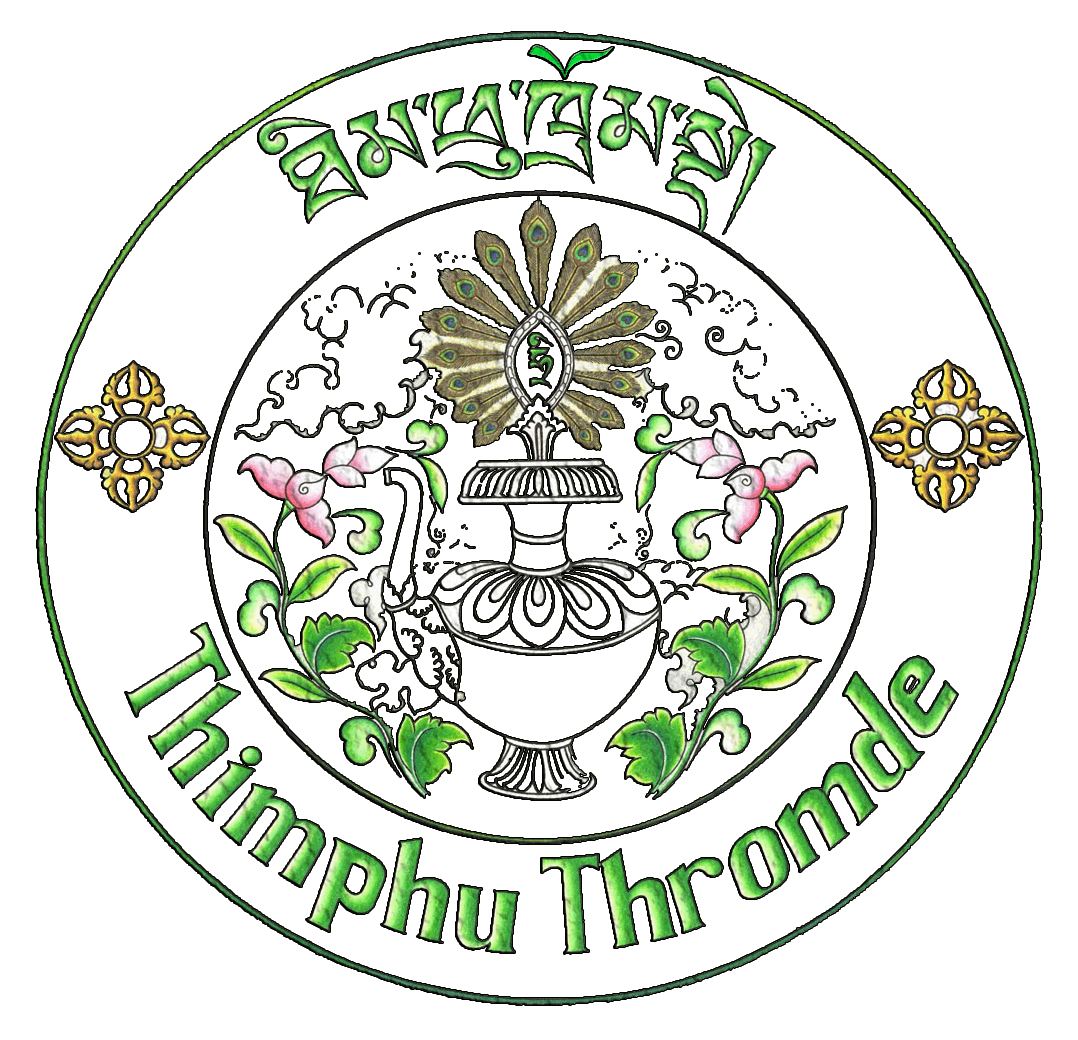Thimphu Thromde
Thimphu Thromde is located at 27°28′00″N 89°38′30″E Coordinates: 27°28′00″N 89°38′30″E and is spread over an altitudinal range between 2,248 metres (7,375 ft) and 2,648 meters (8,688 ft).
It is the biggest and capital city of Kingdom of Bhutan. It is locates in the Central Western part of Bhutan along the Wang chu or the Wang River. (Shows Wang Chu, concrete jungle and market) Since, it was Head Quarter of Thimphu Dzongkhag or the District of Thimphu it is located within the area of the Dzongkhag.
The 26 Sq. km area of city stretches 15 km long & 3 km wide which starts from Dechencholing from the North and Ends at Babesa in the South. (Shows city boundary over the image) Thimphu, as the political and economic centre of Bhutan, contributes to 45% of the country’s GNP. Thimphu contains most of the important political buildings in Bhutan, including the National Assembly of the newly formed parliamentary democracy and the official residence of the Kings. As a metropolis and capital city, Thimphu is coordinated by the “Thimphu Structure Plan”, an Urban Development Plan which evolved in 1998 with the objective of protecting the fragile ecology of the valley. This development is ongoing with financial assistance from the World Bank and Asian Development Bank.
The culture of Bhutan is fully reflected in Thimphu in respect of literature, religion, customs, and national dress code, the monastic practices of the monasteries, music, dance, literature and in the media. Tsechu festival is an important festival when mask dances, popularly known as Cham dances, are performed in the courtyards of the Tashichhoe Dzong in Thimphu. It is a four day festival held every year during Autumn (September/October), on dates corresponding to the Bhutanese calendar.
Thimphu city grew over the old villages of Chang and Kawang Gewogs of Thimphu Dzongkhags which included villages of Chang Zamtok, Chang Gidaphu, Chang Khorlo, Chang Gangkha, Kawang Gumji, Kawang Tsenjo, Damdajo, Hejo.
Later in 1980s upper motithang, upper Chang Gidaphu became extended part of the city. Then in the lte 1990s areas in the south like Babesa, Wangchu Taba, Serbithang and areas of the norht like Jungshina, Taba and Dechenchholing also became part of town. (Show images of respective areas) The growth of the city started after the 4th King ascended the golden throne after which office like UN, Indian Embassy, SDC etc was set up in Thimphu
The city development is guided by Thimphu Structure Plan.

